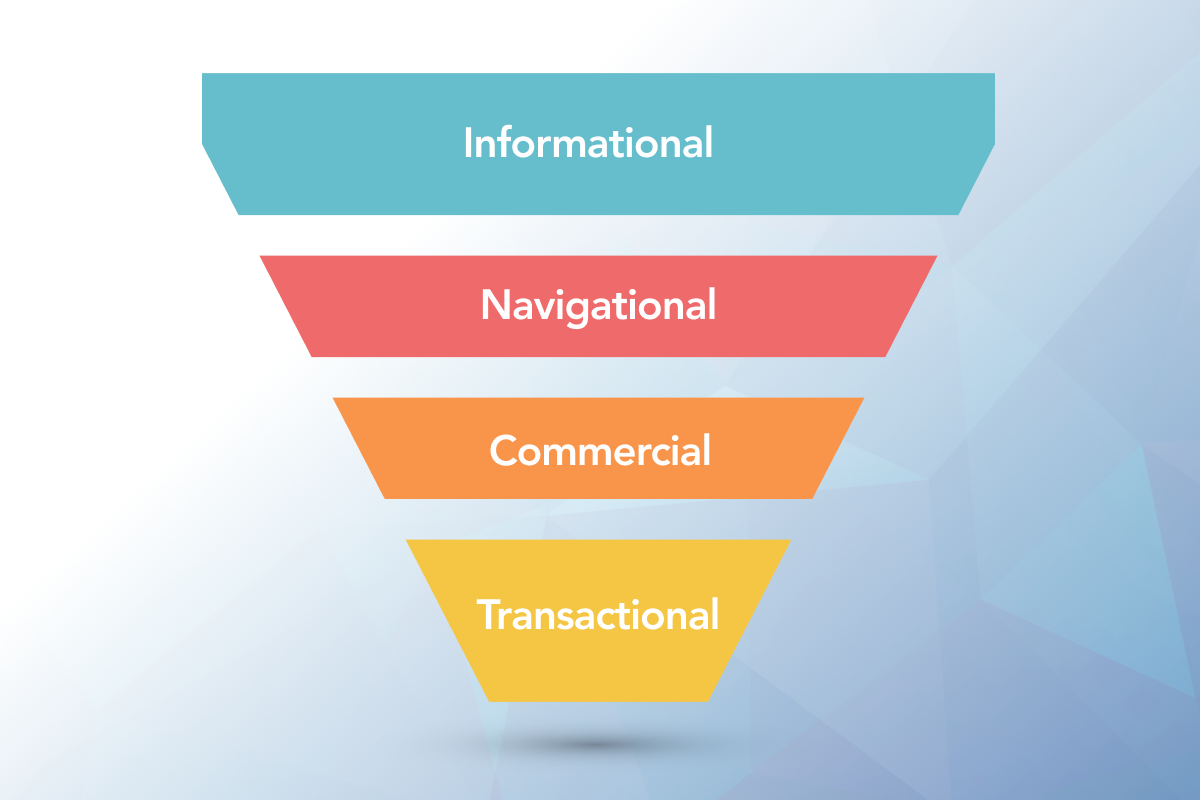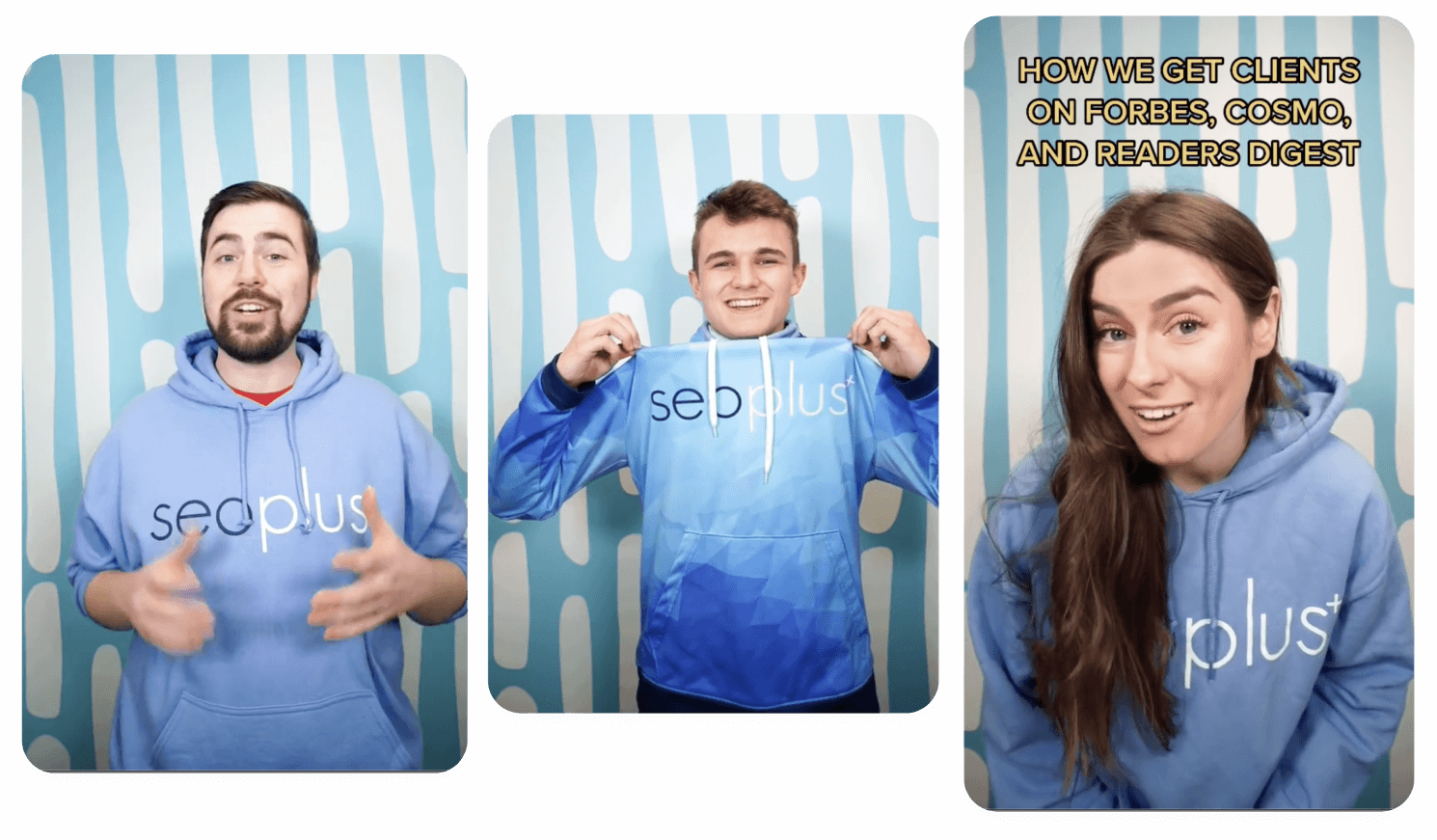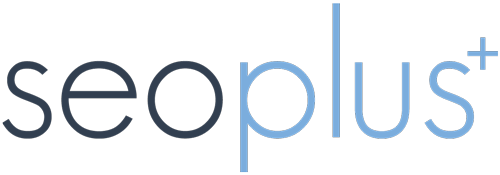There is no denying how much Google has changed over the last few years. While Google makes small updates to their algorithms daily, there are a few large “core updates” each year. These are the updates that really stir up rankings. As Google becomes smarter at understanding the thought process behind a user’s query, search intent is becoming more and more important.
What is search intent in SEO?
If Google’s mission is to organize the world’s information and make it universally accessible and useful, then search intent is what determines what’s considered useful for each query. As Google becomes smarter and understands intent more, it can also understand the results a user is looking for with their search. Search intent is not set in stone, and changes if there is a shift in how users search. For example, before Covid-19, when a user searched “masks,” they would likely see Google Shopping ads or search results for products like halloween masks. However, since the start of the pandemic, this search is primarily focused on medical face masks as Google has adapted and understands what a user is looking for.
What are the 4 types of search intent?
Search intent can be classified into four categories: informational, navigational, commercial, and transactional.
Informational
Many searches on Google stem from a user looking up information, Such as, “who is the prime minister of canada?” Often, these types of searches will have a knowledge box or featured snippet that answers the query a user asked.
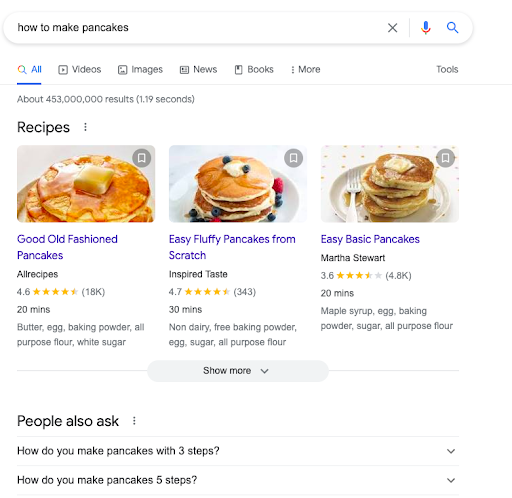
It is important to note that not all informational intent searches are question-based. For example, the single keyword “Botox” would also have an informational search intent as users are looking to obtain information about Botox cosmetic treatments. Often, medical websites such as WebMD would rank well for this type of keyword.
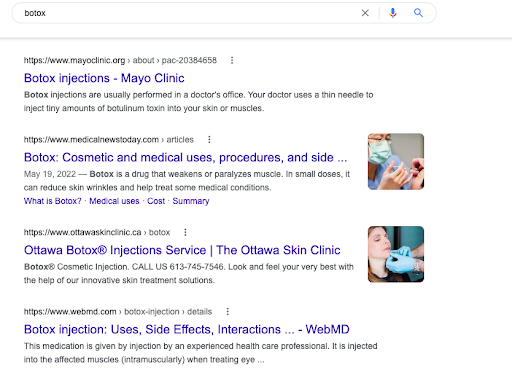
Navigational
Navigational intent is when a user knows exactly what website they want to visit, such as when you search “Facebook” or Instagram.” With that type of search, you’re expecting the first result to be the Facebook login page.
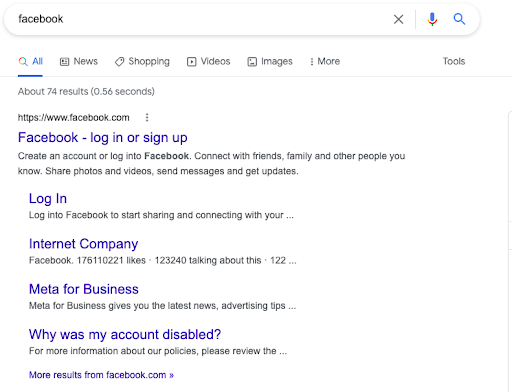
Commercial
Commercial intent is somewhat similar to transactional intent, however, these searches are typically higher in the conversion funnel. They may need to purchase something, but are still researching different products/services. These would be keywords like “best TVs 2022” or “best roofing companies in Ottawa”.
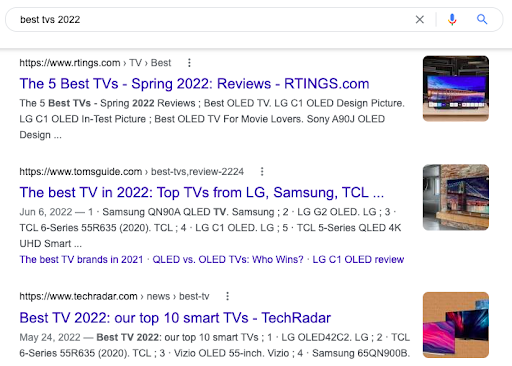
Transactional
Transactional search intent is when a user is making a query with the intent to purchase. These users have already done their research and they are ready to make a purchase. Keyword examples for this intent would be “buy iPhone 13”, and “buy MacBook Pro”. These can often be confused with commercial-intent keywords, but the difference is that the user is prepared to make a purchase.
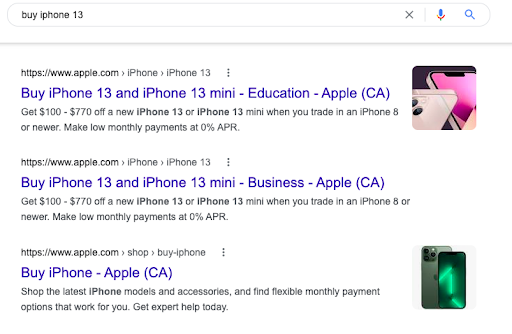
How to determine search intent
There are a few ways to easily determine the search intent behind a keyword. Tools such as Semrush have built this determination into their tool. This filtering is based on a machine-learning algorithm that analyzes factors such as SERP features, branded vs. non-branded keywords, and vocabulary usage (such as “price” for transactional or “tutorial” for informational) to determine intent.
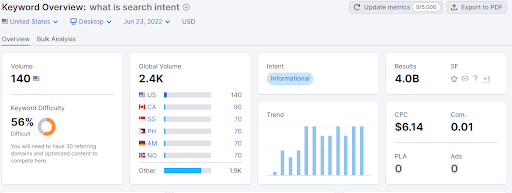
Another way to identify the search intent of a keyword is by examining the SERPs. What type of content does Google favour? Are the results largely long-form blog posts about a specific topic, or are they service pages for a local business?
Informational intent results tend to have knowledge graphs, featured snippets, Wikipedia, and WebMD-types of content pages ranking.
For transaction intent keywords, Google Shopping ads will likely be present for eCommerce keywords. Organic results will largely be product pages.
Results for commercial intent keywords will indicate that a user is looking to investigate brands/services. There are likely paid ads for the service, but organic results will be for service pages.
Navigational intent keywords are likely easier to identify as the top results will be a brands home page, or login page as the user already knows what company they are looking for.
Keywords can have more than one search intent so while looking at the SERPs can help identify the potential intent, it will likely not be a full picture of the keyword. SERPs also change regularly and intent can shift.
Why is it important to keep intent in mind?
When optimizing your website for SEO, it is crucial to keep search intent in mind. Without understanding the user and what types of content they hope to find with a specific query, you will not be able to fully capture their attention. This will lead to Google favouring other websites that do match the user intent (remember, Google’s mission is to organize the world’s information and make it universally accessible and useful).
By creating content that matches the intent behind your target keywords, you’ll be able to put your best foot forward with Google, and remain competitive within your industry.
How to optimize your website for search intent
The first step in any SEO endeavour should be to research your target keywords. So you have your keyword list, what now? Well, to ensure you’re set up for success, you’ll want to identify the likely search intent behind your keywords. From here, you’ll want to research the types of content ranking well in the SERPs. From these pages, what content components can you replicate and improve upon? What types of tone are they using in their writing? This can help guide you in your content journey, whether it is updating your current content or creating an entirely new page.
From here, you’ll want to ensure that other on-page SEO components are well optimized and aligned with the intent. Update the page title and meta description. Since users will be seeing your page title and meta description in the SERPs, you’ll want to make sure that it accurately represents the content and intent of your web page. This will ensure that when a user clicks to your site, they know exactly what to expect. This will limit the bounce rate and help Google understand that your webpage is providing value to users. You’ll also want to ensure your H1 is optimized and aligned with the keywords you’re hoping to target.
What are the benefits of optimizing for search intent?
When content is aligned with search intent, you’ll likely see an improvement in rankings, organic traffic to the page, and if it is a page with transactional intent, conversions. There are several factors to consider when it comes to SEO, so this is not the sole way to rank your content, and does not guarantee results. It does, however, set your website up for success if other SEO factors are present.
Only when you understand search intent will you have a clear understanding of the types of content that will perform well for your desired keywords. It’s important to understand intent before optimizing your content. When it comes to SEO, the SERPs are your best friend. They can help you better understand the winners and losers Google has decided for the keywords you’re aiming to rank for. This should help guide you on your SEO journey.
